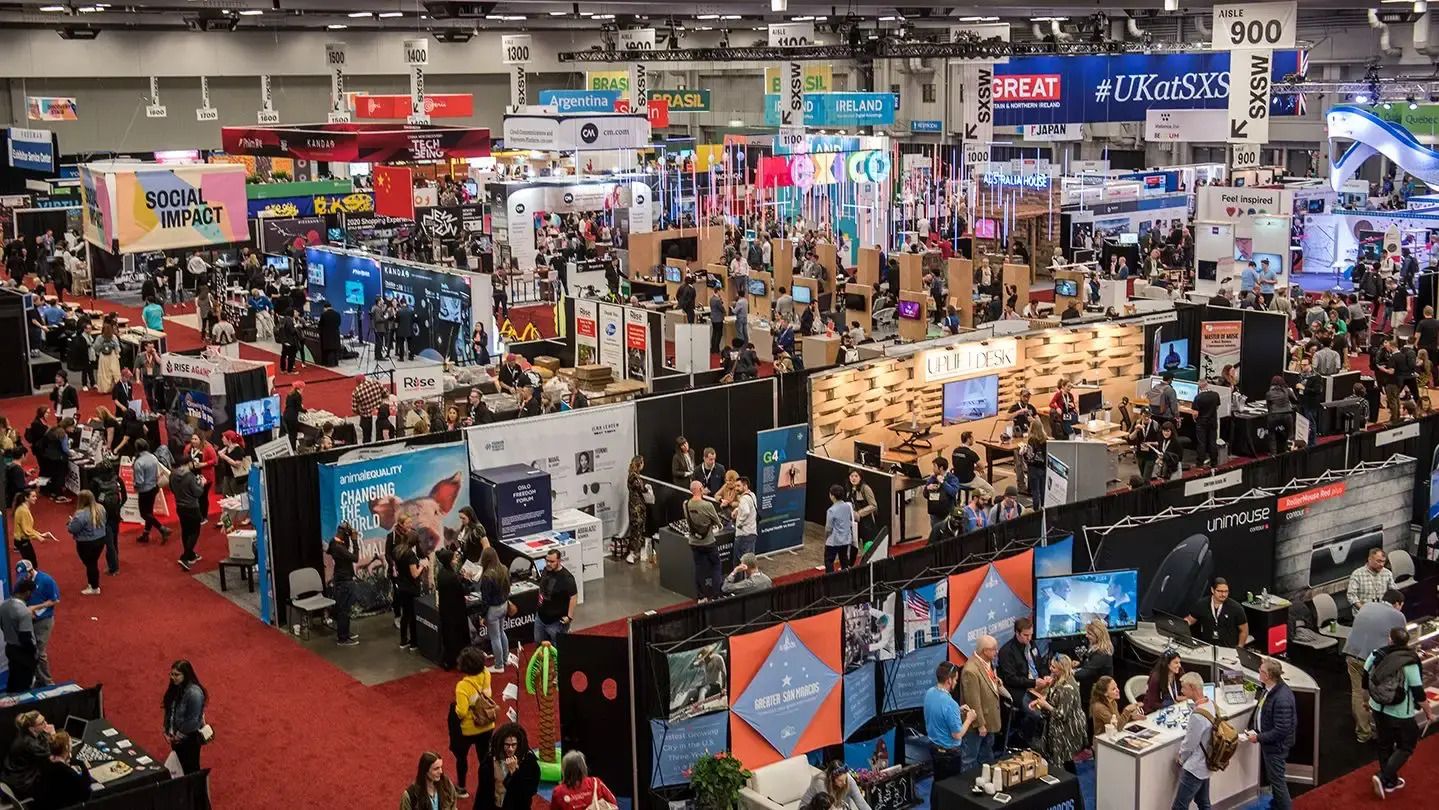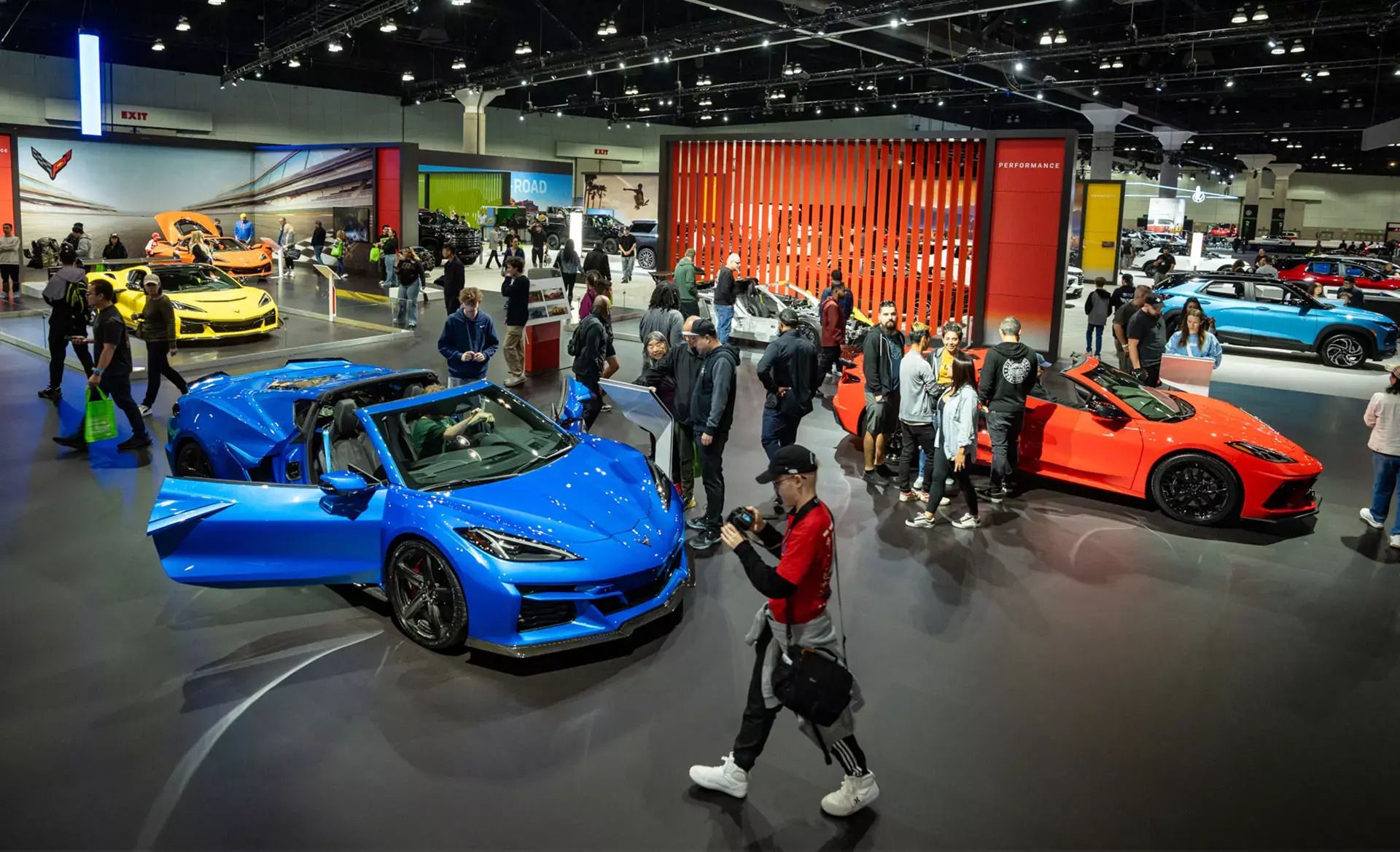- Minimum Viable Brand
- Posts
- Does Attending Conferences Move the Needle for Your Brand?
Does Attending Conferences Move the Needle for Your Brand?
Spoiler: not if you just show up and hope for the best.

Find your customers on Roku this Black Friday
As with any digital ad campaign, the important thing is to reach streaming audiences who will convert. To that end, Roku’s self-service Ads Manager stands ready with powerful segmentation and targeting options. After all, you know your customers, and we know our streaming audience.
Worried it’s too late to spin up new Black Friday creative? With Roku Ads Manager, you can easily import and augment existing creative assets from your social channels. We also have AI-assisted upscaling, so every ad is primed for CTV.
Once you’ve done this, then you can easily set up A/B tests to flight different creative variants and Black Friday offers. If you’re a Shopify brand, you can even run shoppable ads directly on-screen so viewers can purchase with just a click of their Roku remote.
Bonus: we’re gifting you $5K in ad credits when you spend your first $5K on Roku Ads Manager. Just sign up and use code GET5K. Terms apply.
There’s a seductive myth in startup land: that attending the right conference, with the right booth, will suddenly unlock million-dollar leads, deep-pocketed investors, and new customer buzz galore.
Want in on a little secret?
The truth is that most startups waste money at conferences.
Not because conferences don’t work, but because participants don’t show up with a tight plan to get what they want out of attending.
The bottom line is that conferences can build your startup’s brand. But only if you choose the right ones, set the right goals, and show up strategically.
Let’s break down when it’s actually worth it to play the conference game—and how to make the most of it when it is.

Conferences can be powerful platforms for building startup brands—but only when founders pick the right events and arrive with a clear plan to make every conversation count.
1. Start With Your Business Model: B2B vs. B2C
Conferences tend to skew more useful for B2B startups.
Why? Because these events are structured around industry ecosystems. Your future clients, channel partners, and decision-makers are in the room. And even more importantly, they’re in “buyer mode.”
For B2C startups, the payoff is trickier. Unless you're launching an IRL experience, a new food product, or a design-led gadget people can actually touch, most consumers won’t discover your brand at a trade show.
The Skinny:
If your customers are end users scrolling Instagram, you might get better ROI simply by running digital ads or hosting pop-ups. If your customers are decision-makers with budgets, the right conference can be a brand accelerator.
2. Booths Aren’t the Only Way to Show Up
Many early-stage teams think they have to shell out $10K for a branded booth, printed flyers and swag bags.
But you can make waves at a conference without planting a flag on the expo floor.
Here’s how:
Be a speaker, not just a spectator. A well targeted panel slot or fireside chat doesn’t just build credibility; it gives you built-in amplification across the event's channels.
Host a dinner or invite-only side session. Smaller moments with higher-signal people can drive deeper connections than passing hallway intros.
Piggyback on the event’s energy. Sometimes being in town (grabbing coffee, showing up to satellite events, or hosting a podcast pop-up) matters more than a branded table.

Speaking on a panel or leading a session can position your startup as a thought leader—without the cost (or setup) of an exhibitor booth.
3. If You’re Going to Have a Booth, Have a Plan
There’s nothing more painful than watching a bored founder sit behind a $12,000 booth, sipping coffee while attendees walk past.
If you invest in a physical presence, make it count:
Train your team to engage. Don’t wait for people to ask what you do. Lead with clear, punchy questions or intros that start conversations.
Design your booth to be memorable. That doesn’t mean expensive. It means distinct and on-brand. (Use bold visuals, interactive demos, or surprising details.)
Capture leads systematically. Don’t just collect business cards sporadically. Use QR codes, forms, SMS opt-ins and other tools to capture prospect contact info as quickly as possible. You can even have it be part of the sign-up for a giveaway. Also, make sure you plan an email follow-up sequence before you arrive.
Tool tip:
Use tools like Zapier + Google Forms or HubSpot's mobile app to streamline lead collection and auto-tag conversations for easier follow-up.
4. Conferences Work Best for Experiential Brands
If your startup offers something people can experience in real life, conferences can be a brand shortcut.
That includes:
Food & beverage startups with sampling strategies
Skincare or wellness brands with on-site demos
Tech products with live functionality you can showcase
Brick-and-mortar concepts looking to build regional buzz
In these cases, presence is the product. And delivering a great “first taste” moment is part of the brand flywheel.

If your product is meant to be seen, touched, or sampled, conferences and real world events offer the kind of immersive exposure that builds lasting brand impressions—just ask any car company at an auto show.
5. Don’t Forget the Pre- and Post-Game
Too many founders think conference ROI is measured during the event.
The best outcomes usually come from what happens before and after.
Before:
Email your network that you’ll be attending
Set up coffee chats or investor meetings in advance
Post your speaking topic or booth location on social
After:
Follow up with everyone you met (quickly)
Turn booth questions into content ideas
Share takeaways or photos as part of your brand narrative on blogs and social
Think of the event as a tentpole moment, not a standalone bet.
Final Thought
Conferences can help you build brand—but only if you're intentional.
✅ They're worth it when:
You’re a B2B startup with clear ICPs attending
You have a lead capture + content plan
You treat presence as performance, not passivity
❌ They're not worth it when:
You’re hoping the booth will do the work for you
Your product doesn’t show well in person
You’re unclear on what success looks like
So before you buy a badge, ask yourself:
Are we going to be in the mix—or just in the room?
Make sure it's the former.
Best,
Edwin
What did you think about this week's newsletter? |

